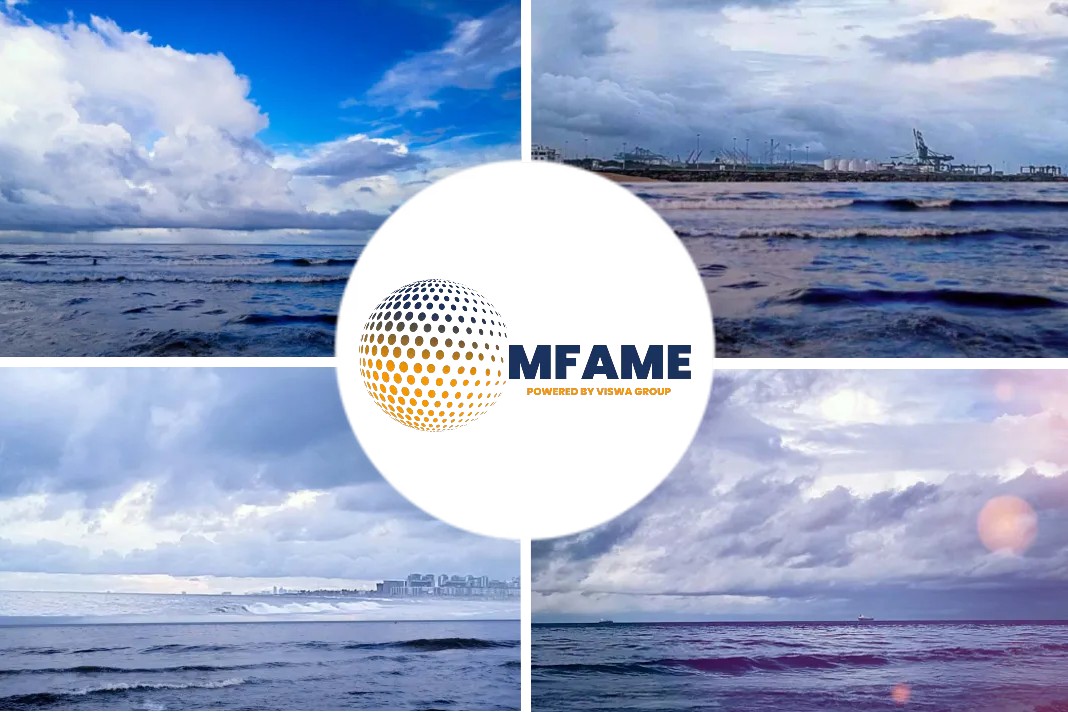According to a Riviera Maritime Media report, it is a busy year for maritime regulation in navigation, communications and digitalisation with important deadlines approaching. Top of the agenda for shipowners and managers is implementing cyber security as ships become better connected and further integrated into corporate IT networks.
Cyber Security in Safety Management Systems
On 31 December 2019, there will be just one year before changes to Safety Management Systems to incorporate cyber security are implemented, as required under alterations to IMO’s ISM Code.
Owners need to implement cyber security not just to comply with IMO regulations, which come into force on 1 January 2021, but to ensure their assets, IT and operational technology is protected from rising cyber threats.
During 2020, many shipping companies will assess their risk exposure and develop IT policies to include in their Safety Management Systems to mitigate cyber threats.
2020 also kicks off with one of the most influential IMO regulatory meetings for ship safety communications and voyage execution.
IMO To Discuss Safety Systems
IMO’s Sub-Committee on Navigation, Communications and Search and Rescue (NCSR) meets on 13-24 January to discuss progress on modernising the Global Maritime Distress and Safety System (GMDSS) and performance standards for navigational and communication equipment.
- NCSR will receive updates on implementing alternatives to, and upgrading Inmarsat’s existing GMDSS service.
- Work will progress on implementing IMO’s e-navigation strategy with input from the latest testbeds and smart navigation technology developments.
- This sub-committee will analyse feedback from joint working groups on harmonising aeronautical and maritime search and rescue, and from International Telecommunications Union’s group on maritime radiocommunications matters.
- NCSR will also review changes to ship routeing and reporting, requirements of the long-range identification and tracking (LRIT) system and standards for navigation systems for polar operations.
- Progress should also be made on developing regulations covering testing and operating maritime autonomous surface ships (MASS).
- NCSR’s recommendations will be reviewed by IMO’s Maritime Safety Committee, which will meet on 11-22 May.
Testing Maritime Autonomous Surface Ships
One of the first tests for MASS will come in September 2020 when Mayflower Autonomous Ship attempts the world’s first unmanned transatlantic crossing from the UK to Plymouth in the US. To achieve this, artificial intelligence, edge computing and voyage planning software will be combined for safe navigation and hazard avoidance.
In the meantime, ship operators are implementing digitalisation, smart navigation and advanced analytics to optimise ship operations to reduce fuel consumption and emissions.
Key IMO meetings H1 2020
- 13-24 January: Safety of Navigation, Communication and Search and Rescue (NCSR 7)
- 3-7 February: Ship Design and Construction (SDC)
- 17-21 February: Pollution Prevention and Response (PPR)
- 2-6 March: Ship Systems and Equipment (SSE)
- 30 March-3 April: Marine Environment Protection Committee (MEPC)
- 11-22 May: Maritime Safety Committee (MSC)
- 1-5 June: Human element, Training and Watchkeeping (HTW)
Did you subscribe to our daily newsletter?
It’s Free! Click here to Subscribe!
Source: Riviera Maritime Media























